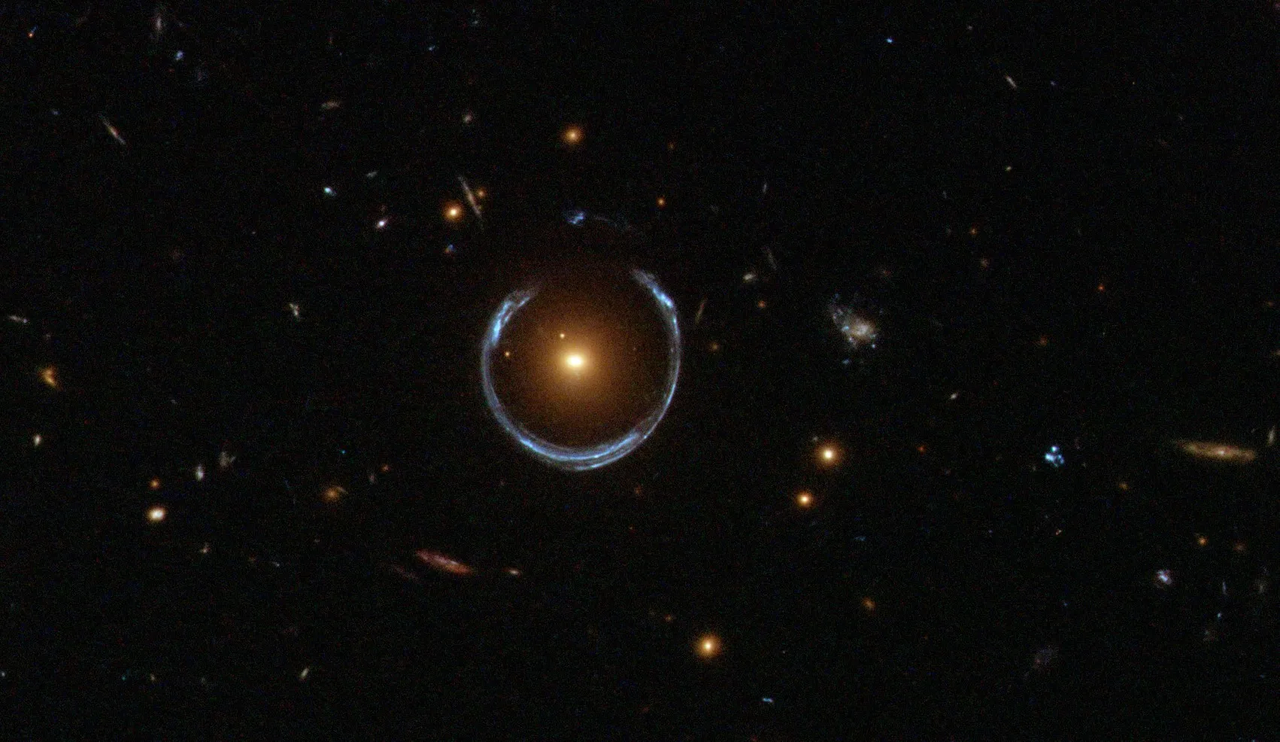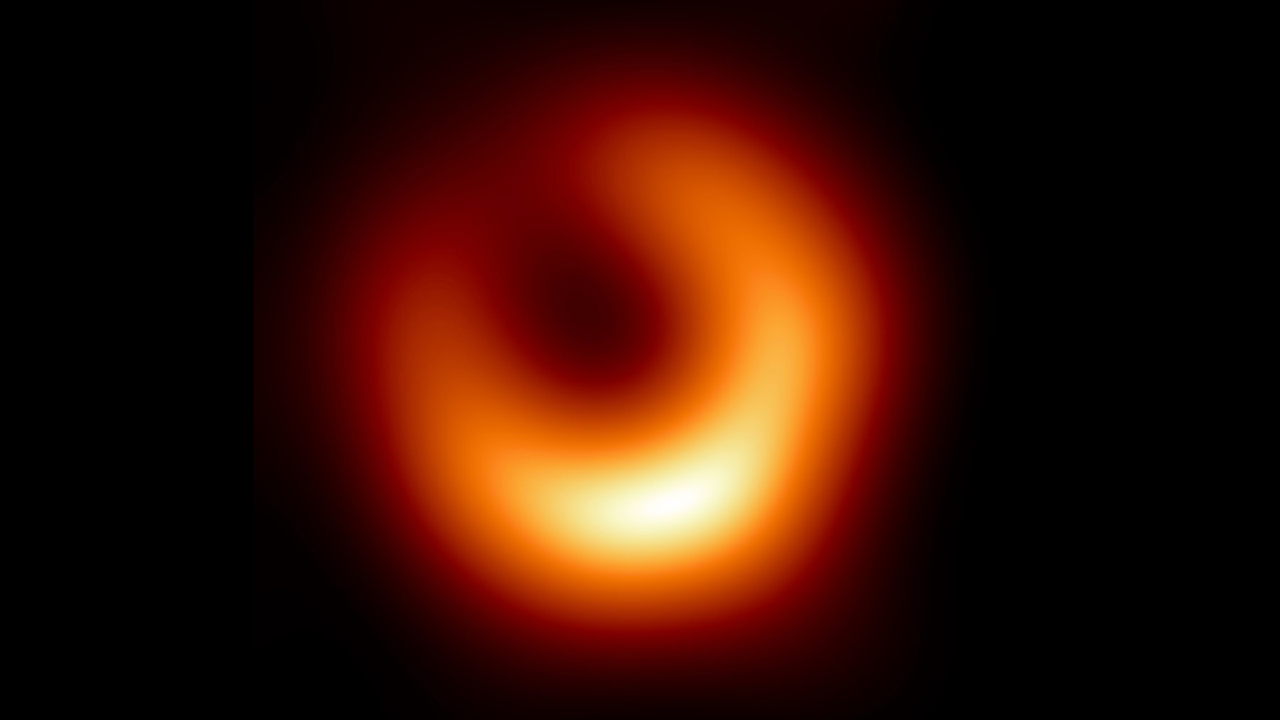Now Reading: Scientists Discover Black Hole 36 Billion Times the Mass of the Sun
-
01
Scientists Discover Black Hole 36 Billion Times the Mass of the Sun
Scientists Discover Black Hole 36 Billion Times the Mass of the Sun

Swift Summary:
- Scientists have measured an ultramassive black hole in a galaxy about 5 billion light-years away, with a mass equivalent to 36 billion suns.
- it resides in what is known as the “Cosmic Horseshoe” system, comprising two galaxies affected by gravitational lensing-a phenomenon that magnifies and distorts light due to immense gravitational pull.
- The black hole is dormant, meaning it isn’t actively consuming surrounding matter but still exerts a powerful influence on space-time and nearby stars.
- Researchers detected this black hole’s presence using gravity-based methods rather than emissions from accretion activity.
- The cosmic Horseshoe system features an remarkable Einstein Ring-like structure formed due to perfect alignment of foreground and background galaxies during lensing events.
- Findings highlight the relationship between supermassive black holes and their host galaxies’ sizes, suggesting mutual growth occurs through funneling matter into central regions over time.
Image credits: NASA,ESA; Event Horizon Telescope collaboration.
Indian Opinion Analysis:
This finding underlines humanity’s progress in understanding distant cosmic phenomena while reinforcing Albert Einstein’s general relativity principles regarding how gravity warps space-time-even capable of bending light across cosmic distances. For India-a nation rapidly progressing in science education and space exploration-this serves as inspiration for pursuing advanced astrophysical research initiatives such as participating more actively in global collaborations studying phenomena like gravitational lensing or dormant black holes.
the study also stresses the interconnectedness between galaxy formation processes and ultramassive black holes-indicative of broader universal patterns potentially relevant for future Indian efforts exploring these unique dynamics closer home (e.g.,Milky Way analyses). This type of research lays foundational knowledge crucial for advancing practical space technology or improving long-term cosmological inquiries globally.























